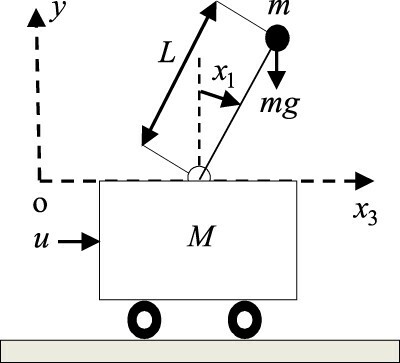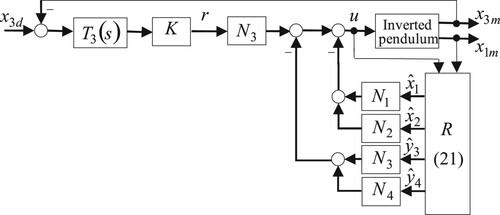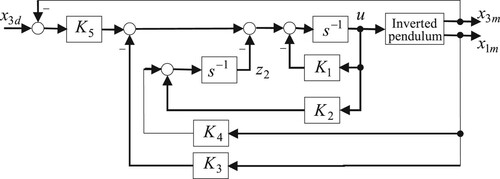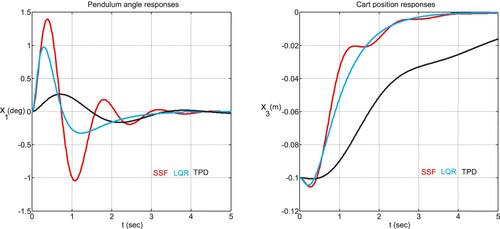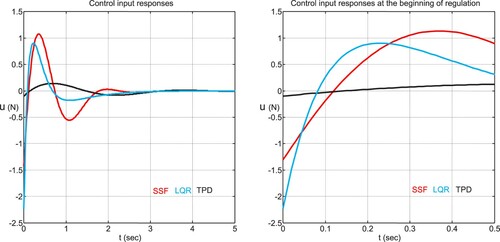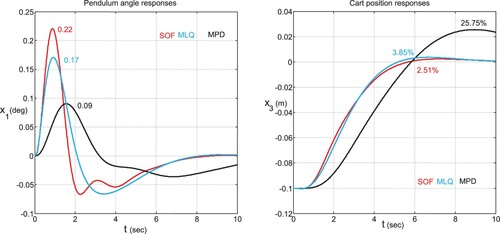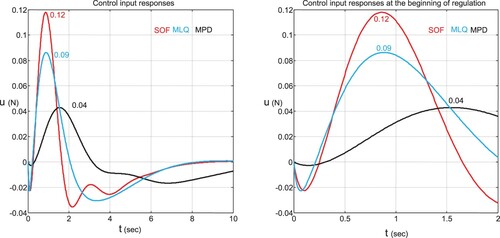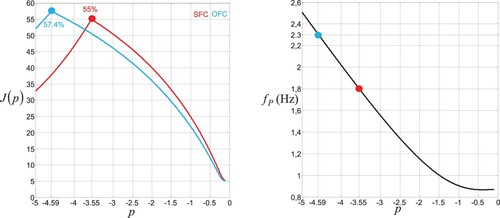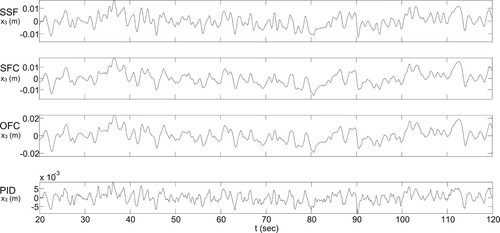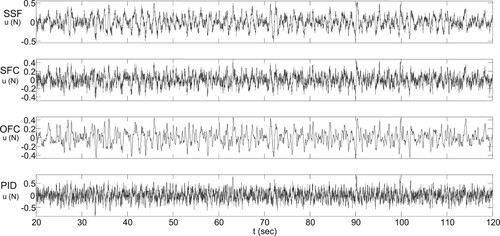Figures & data
Table 1. Gains of the state-feedback controllers.
Table 2. Performance comparison of the control methods.
Table 3. Lower and upper bounds of for SOF, MPD, and MLQ methods.
Table 4. Performance comparison of the SFC, OFC, and PID methods.
Table 5. Optimal gains for the SFC, OFC, and PID methods.
Table 6. Performance comparison in noisy situation.

